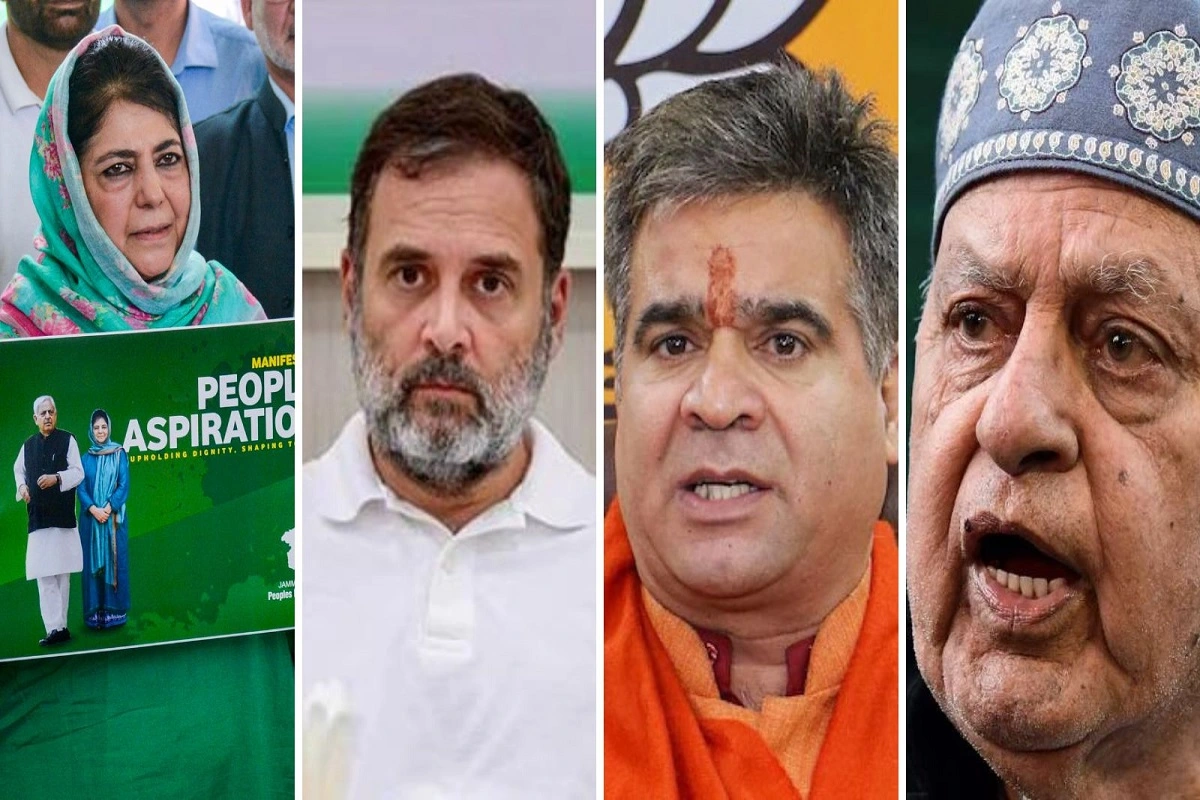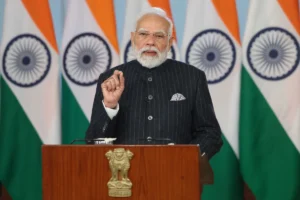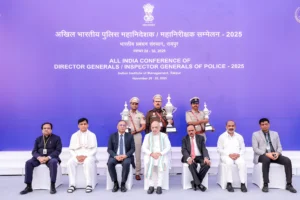
As the countdown begins for the Jammu and Kashmir assembly election results, the Union Territory prepares for its first elected government in over six years. The previous coalition government, formed by the PDP and BJP, collapsed in June 2018.
Counting Begins Amid High Security
Counting starts at 8 a.m. with postal ballots for security personnel, followed by votes from electronic voting machines. The process will conclude by 6 p.m. Jammu and Kashmir’s assembly elections, the first since 2014, took place in three phases. The initial phase on September 18 covered 24 seats, the second on September 25 included 26 seats, and the final phase on October 1 accounted for 40 seats. Despite some concerns, polling remained peaceful, with a voter turnout of 63.45 percent, slightly lower than the 2014 elections.
Key Constituency Battles to Watch
Key contests in the Jammu and Kashmir Assembly elections include Gandebral, where Omar Abdullah of the National Conference faces Independent candidate Sarjan Ahmad Wagay. In Bijbehara, Iltija Mufti from the PDP is also in the running.
Sopore features Aijaz Ahmad Guroo, the brother of Parliament attack convict Afzal Guru, who is contesting as an Independent. Syed Mohammad Altaf Bukhari from the JKAP competes in Channapora, while Muzaffar Hussain Baig is an Independent candidate in Baramulla.
In Kupwara, Sajad Lone from the People’s Conference is in the race, and in Handwara, Sajad Lone also stands alongside Chaudhary Mohammad Ramzan.
Devendra Singh Rana represents the BJP in Nagrota, while Tariq Hameed Karra from the INC is a candidate in Central Shalteng.
What did exit polls predict for the final results in J&K?
Exit polls predict that the National Conference (NC)-Congress alliance holds an advantage over the Bharatiya Janata Party (BJP) in the region.
CVoter projects that the BJP will secure 27-32 seats out of 43 in the Jammu region. In contrast, the NC-Congress alliance is expected to win 11-15 seats. The Peoples Democratic Party (PDP) might gain 0-2 seats, while others could secure 0-1.
In Kashmir, the NC-Congress alliance anticipates winning 29-33 seats out of 47. The BJP is projected to capture 0-1 seats, while the PDP is expected to win 6-10 seats, and others may receive 6-10. Overall, the NC-Congress alliance is projected to secure 40-48 seats out of 90. The BJP might attain 27-32 seats, the PDP 6-12 seats, and others 6-11. A party or alliance needs at least 46 seats to form the government.
Background: A Long Wait for Elected Government
Jammu and Kashmir has lacked an elected government since June 2018 when the BJP broke its alliance with the PDP, leading to Mehbooba Mufti’s resignation. The region was governed by a series of governors, and the Legislative Assembly was dissolved in November 2018. Following the abrogation of Article 370 in August 2019, Jammu and Kashmir transitioned into Union Territories, delaying assembly elections despite political party demands. The Supreme Court mandated that elections be held by September 30, 2024, while also calling for the restoration of statehood.
As the counting progresses, all eyes are on these key constituencies that may define the future political landscape of Jammu and Kashmir.
To read more such news, download Bharat Express news apps


















